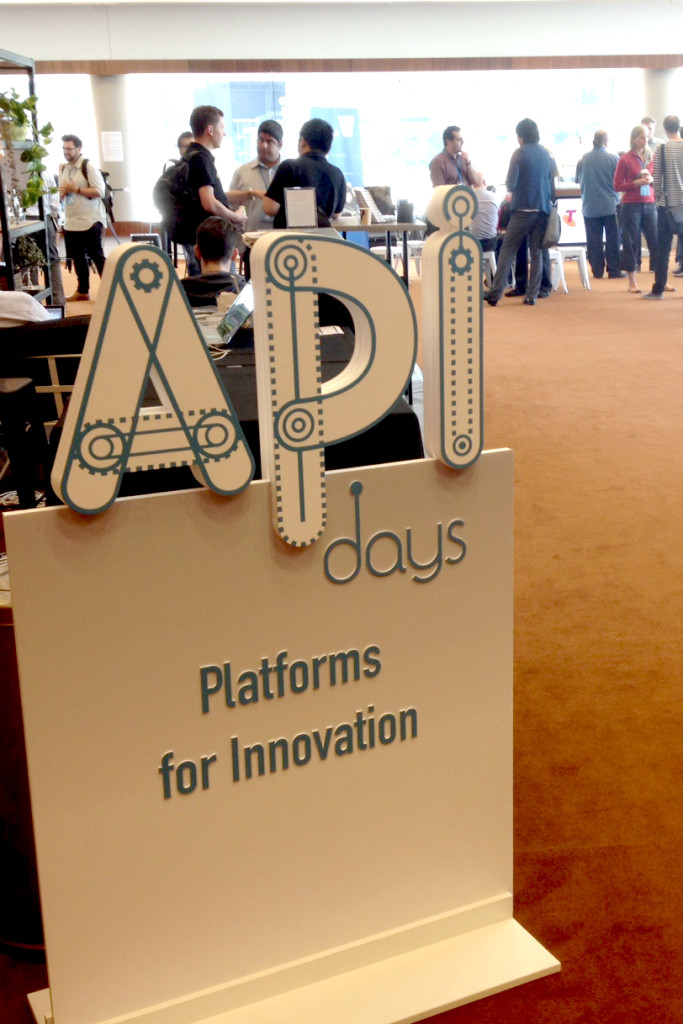On March 1 & 2, 2016, I attended APIdays Australia in Melbourne. (Actually, I also spoke! I’ll write more about that later.) I’m a chronic note-taker at conferences and I like writing my notes up afterwards both for my own reflection and so I can share them with others. Here are the key platform and API takeaways I’ve pulled out of my notes from #APIdaysAU16.
Innovation
 Innovation has been established as the main driver of economic change.
Innovation has been established as the main driver of economic change.
If people have to fill out an application to innovate, it’s not going to happen.
An innovation model for organisations based on the way ants achieve the colony’s goals:
- Powerful central mission with loose structure
- Maximise learning and sharing of learning
- Constant experimentation
- Freedom to look for the next horizon
Elon Musk: “Failure must be an option. If you’re not failing, you’re not experimenting enough.”
People in your organisation who think differently to others may well be key innovators. Don’t shut them out of the organisation.
Building Platforms
“Platform” is chiefly an idea to expose the core of your business in a way that can be used to compose new business ideas more easily, either by your own business or by others.
Continue reading

 Last week I wrote about PaaS and Microservices, asking, “
Last week I wrote about PaaS and Microservices, asking, “